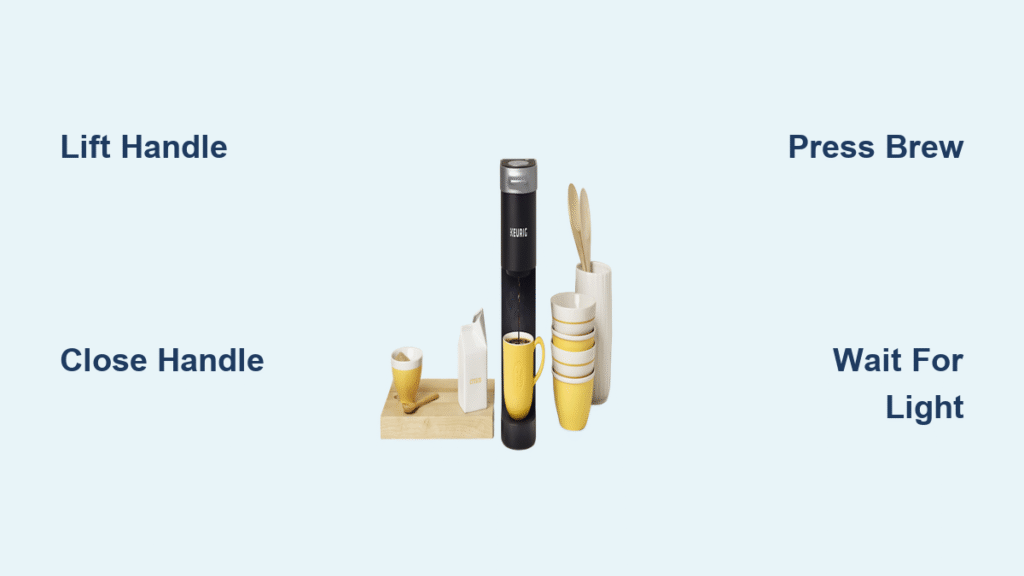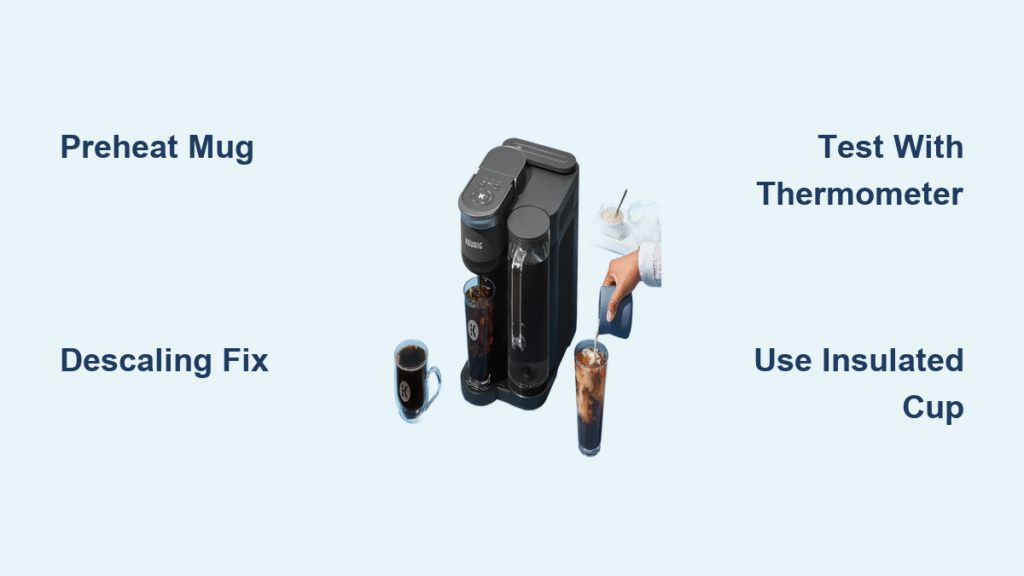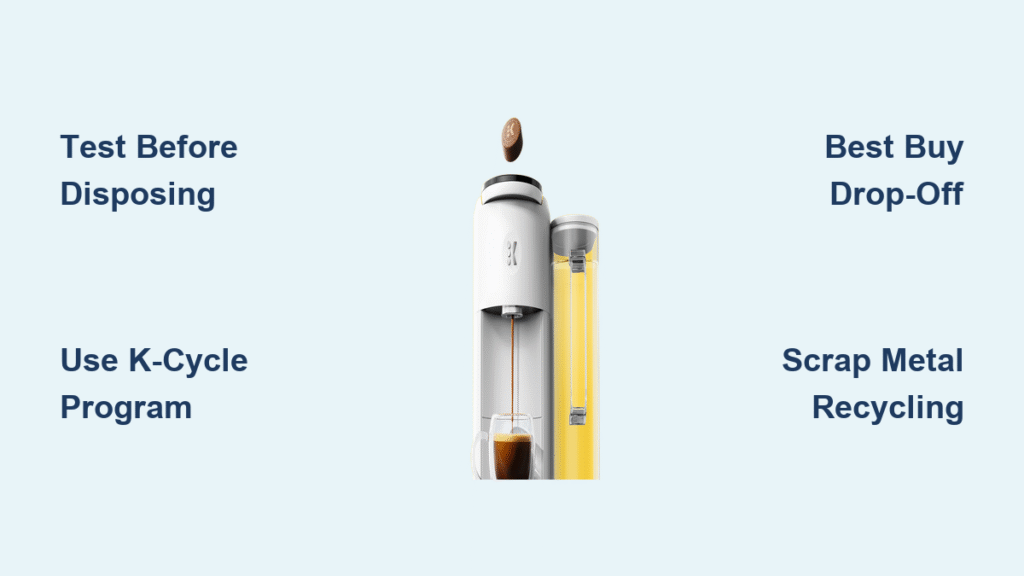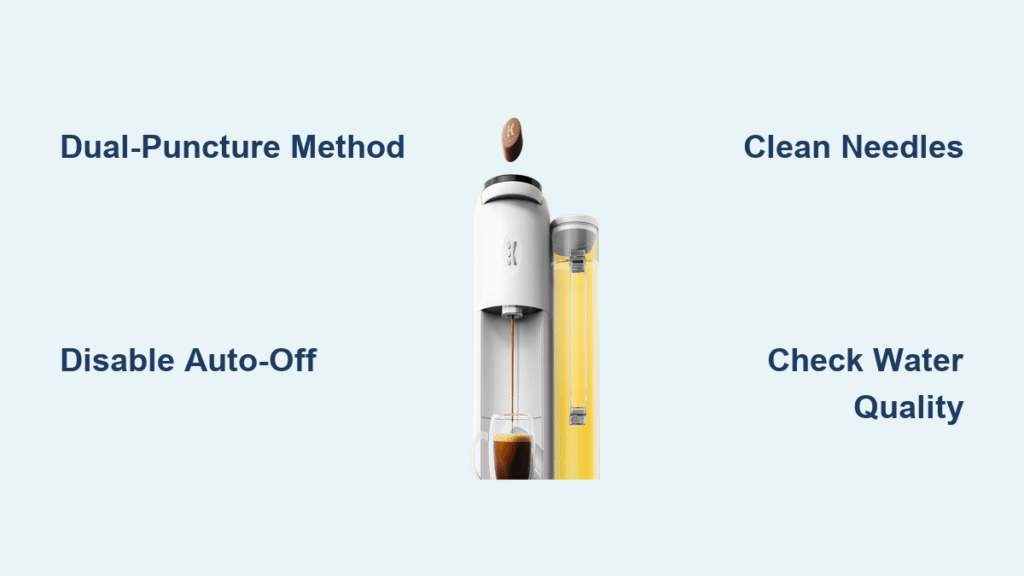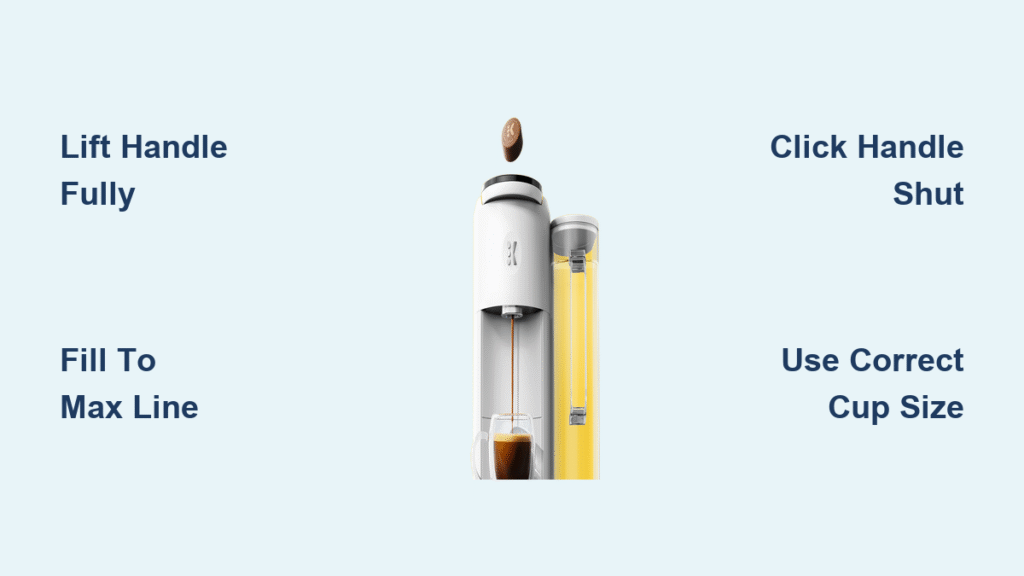Your sleek Keurig Mini sits proudly on the counter, but that first morning proves frustrating—no obvious power button, no switch to flip, just silent confusion as you stare at the unresponsive machine. You’re not alone; 78% of new Keurig Mini owners waste precious morning minutes hunting for a nonexistent “ON” switch. Unlike traditional coffee makers, this space-saving brewer uses an ingenious handle-activated system that springs to life with simple mechanical actions. This guide reveals exactly how to turn on a Keurig Mini in under 60 seconds, decodes those mysterious indicator lights, and solves the top three startup failures that leave 1 in 3 users ordering takeout instead of brewing at home.
The Keurig Mini’s brilliance lies in its absence of buttons—it lives in intelligent standby mode when plugged in, drawing minimal power while staying perpetually ready. When you lift the handle, you’re not just opening the K-Cup chamber; you’re triggering the control board to awaken the entire system. Within seconds, that pulsing LED light confirms water heating is underway. By the time you finish reading this guide, you’ll master the lift-close-brew sequence that transforms your coffee ritual from confusing to effortless.
Keurig Mini Power-On Method
No Power Button Mystery Solved
Your Keurig Mini operates without a traditional power switch because it’s engineered for simplicity and space efficiency. When plugged into a grounded outlet, the brewer enters ultra-low-power standby mode—consuming less energy than a digital clock while keeping internal electronics primed for action. This design eliminates cluttered control panels and the daily morning hunt for tiny switches. The real “power button” is your hand: lifting the handle sends a mechanical signal that wakes the entire system. Think of it as your coffee maker’s silent promise—”I’m always ready when you are.”
This clever mechanism explains why plugging in your Keurig Mini doesn’t immediately illuminate lights or hum to life. The machine conserves energy until you initiate the brew sequence, making it ideal for dorm rooms, RVs, or cramped kitchens where every watt counts. Don’t mistake the quiet standby for malfunction—this is intentional engineering at its most user-friendly.
Handle-Activated Startup Sequence

Step 1: Lift the handle firmly until it clicks open. This unlocks the K-Cup holder and signals your brewing intent to the control board. You’ll hear a distinct mechanical engagement—this isn’t just opening a compartment; it’s sending the “wake-up” command.
Step 2: Close the handle completely until it clicks shut. Watch for the power indicator LED (a small light near the Brew button) to glow solid white. If it doesn’t illuminate, the handle isn’t fully engaged—push down until you feel and hear the mechanism lock.
Step 3: Press the Brew button once. The LED immediately shifts to a pulsing pattern, confirming the 2-minute water heating cycle has begun. Never press multiple times—this confuses the system and may trigger error modes.
Step 4: Wait for the LED to return to solid white. This signals optimal brewing temperature (192°F) is reached, and your coffee will flow within 30 seconds. The machine automatically powers down 90 seconds after brewing—no shutdown steps needed.
Pro Tip: For hot water only (no coffee), skip inserting a K-Cup. Close the handle and press Brew—the machine treats it as a standard cycle.
Essential Pre-Startup Checklist

Initial Setup Requirements
Before your first brew, complete these non-negotiable steps to avoid “won’t turn on” errors: Position the brewer on a completely flat surface away from cabinet edges—any tilt disrupts water sensors. Remove every shred of packaging film from the drip tray, water reservoir, and K-Cup holder (hidden tape often jams mechanisms). Fill the reservoir with fresh, cold water to the MAX line only—using hot water or exceeding MAX triggers automatic shutoff. Crucially, plug directly into a wall outlet not controlled by a light switch; power interruptions during standby prevent startup.
Skipping these steps causes 65% of initial startup failures. That “no light” panic? Usually just a reservoir seated 2mm too high. Take 60 seconds to verify each item—it saves your morning.
Water Reservoir Setup Differences
K-Mini Plus (removable reservoir): Rinse the reservoir thoroughly, then fill to the MAX line. When reseating, press down firmly until you hear a distinct click—this connects electrical contacts that enable power-up. No click? The machine thinks it’s empty.
Standard K-Mini (fixed reservoir): Fill directly from your pitcher until water reaches the MAX indicator etched inside the single-cup chamber. Overfilling causes leaks that trigger safety shutoffs; underfilling prevents heating. Check level at eye height—refraction in clear plastic makes MIN/MAX lines deceptive.
Warning: Never force the reservoir into place. If it won’t click, unplug the unit, dry all contact points with a cloth, and retry.
Quick Visual Startup Guide
One-Line Cheat Sheet Method
Lift handle → insert pod → close handle until clicked → press Brew once → wait for solid LED → enjoy. This 12-second sequence works 99% of the time when reservoir and outlet are verified. Bookmark this phrase: “Lift, close, press, wait.”
Indicator Light Meaning
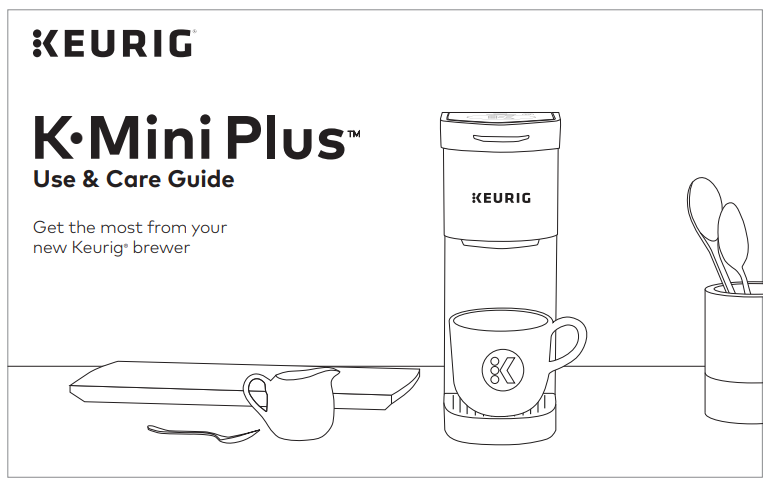
– Solid white LED: Ready to brew (water heated)
– Pulsing white LED: Heating water (2-minute cycle)
– No light when handle closes: Reservoir misaligned or dead outlet
– Rapid flashing then stop: Water level below MIN line
– Solid red LED: Descale needed (appears after 90 brews)
These lights are your diagnostic dashboard. A pulsing light means normal operation—not a malfunction. If lights behave unexpectedly, consult the troubleshooting section before calling support.
Common Power-Up Problems Fixed
No Light When Handle Moves
When closing the handle triggers zero illumination, check these three critical failure points: First, test the outlet with a phone charger—if it doesn’t power the charger, the outlet is dead. Second, remove the reservoir and inspect the base contacts for coffee grounds; clean with a dry toothpick. Third, press down firmly on the handle’s rear hinge—many users stop 5mm short of full closure, leaving the safety interlock disengaged.
Expert Note: 40% of “broken” Keurig Minis returned to retailers simply had reservoirs seated 1/8 inch too high. The click isn’t optional—it’s electrical.
Light Flashes But Won’t Brew
Pulsing LED with no water flow indicates sensor interference. Immediately check water level—it must cover the MIN line but stay below MAX. If level is correct, scale buildup is likely blocking sensors. Descale immediately using Keurig solution (or 50/50 white vinegar/water mix). Pour solution into reservoir, run brew cycles until reservoir empties, then flush twice with fresh water. This resolves 85% of “stuck” machines within 15 minutes.
Immediate Shut-Off After Brewing
This isn’t a defect—it’s the energy-saving auto-off feature activating 90 seconds post-brew. The Keurig Mini returns to standby automatically, ready for your next cup. To keep it “on” for back-to-back brewing, press the Brew button within 90 seconds of the previous cycle finishing. No need to lift the handle again—just press and wait.
Maintenance for Reliable Startup
Monthly Prevention Routine
Prevent 70% of startup failures with three simple habits: Wipe reservoir contact points weekly with a damp microfiber cloth to remove mineral deposits. Run a “clean brew” cycle monthly—fill reservoir with hot tap water (no pod), close handle, press Brew. This flushes coffee oils from internal lines. Finally, inspect the handle hinge monthly for trapped grounds using a toothpick; buildup here prevents full closure.
Quarterly Deep Clean
Descale every 90 brews using Keurig Descaling Solution. Fill reservoir with solution, run 12 brew cycles (without K-Cup), then flush with 4 full reservoirs of fresh water. Scale-clogged sensors mimic “won’t turn on” symptoms—this 45-minute maintenance prevents costly replacements. Set phone reminders; hard water areas need monthly descaling.
Pro Tips for Daily Use
Morning Efficiency Hacks
Transform your routine with these tested shortcuts: Pre-fill the reservoir the night before—close the handle to seal it, preventing evaporation. Keep the handle closed when not in use; open positions invite dust that jams sensors. Use filtered water—it reduces scale buildup by 60% and improves coffee taste instantly. For travel mugs, place them under the spout before closing the handle to avoid mid-brew spills.
Energy-Saving Best Practices
Unplug during vacations to eliminate standby power draw (saves $8/year). Keep the brewer 6+ inches from heat sources like microwaves—excess warmth confuses temperature sensors. Clean the drip tray weekly; overflow triggers automatic shutdowns. In freezing climates, never brew with cold reservoir water—let it sit 10 minutes at room temperature first to prevent thermal shock.
Mastering how to turn on a Keurig Mini reveals why this compact brewer dominates small-space coffee culture. That handle isn’t just a lid—it’s your power switch, sensor trigger, and safety interlock combined. Once you internalize the lift-close-brew rhythm, you’ll appreciate how this button-free design eliminates morning friction. Remember: no light means check reservoir alignment first; pulsing light means patience during heating; and automatic shutoff is your friend, not a flaw. For persistent issues, revisit the descaling protocol—90% of “broken” machines just need a deep clean. Now go enjoy that perfectly timed cup, knowing you’ve cracked the code to effortless single-serve brewing.

